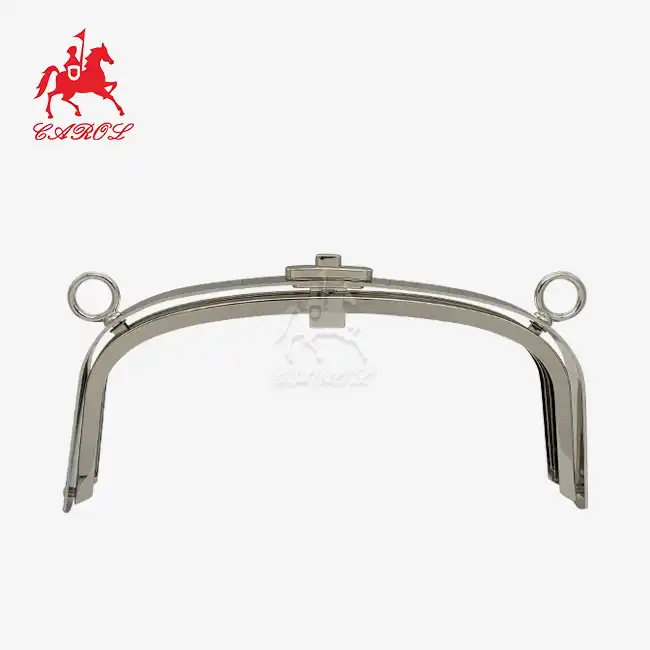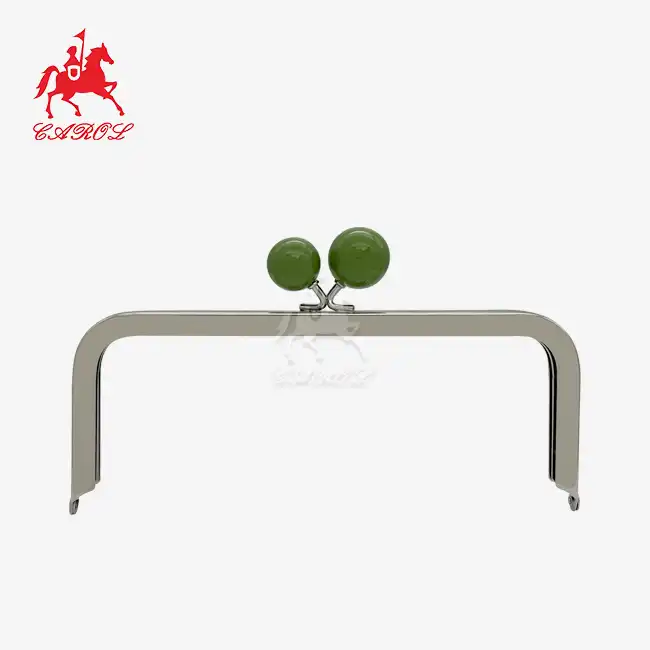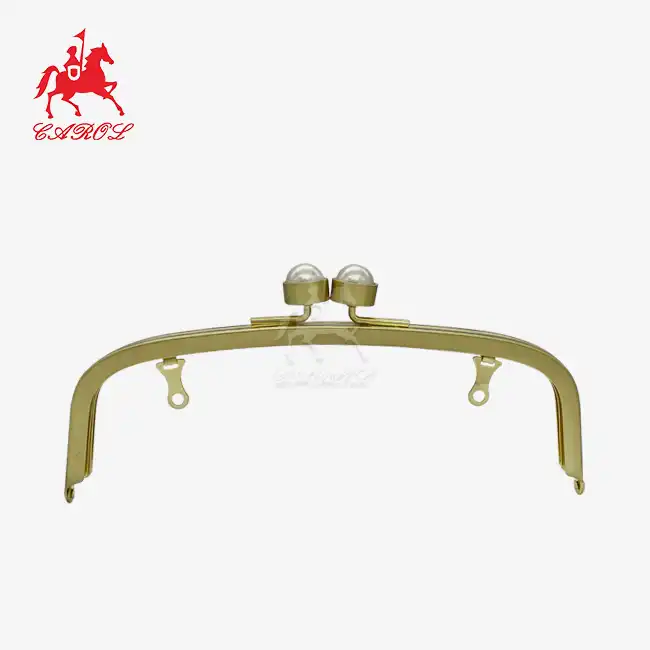Raw Material Preparation: Selecting Materials to Match Custom Requirements
The foundation of any exceptional metal purse frame begins with meticulous material selection and preparation. Depending on the project's purpose, aesthetic needs, and price, different materials need to have different properties. Iron is still a popular choice because it is strong and easy to work with, especially for projects that need strong structural support. In addition to being very resistant to corrosion, brass has a beautiful natural shine that gets better with age. It's great that zinc metal is both strong and cheap, which makes it perfect for large production runs where quality is important.
Material preparation extends beyond simple selection to encompass thorough quality assessment and conditioning. Inspections are done on raw materials to look for flaws, make sure they are the right size, and confirm their chemical makeup. Getting the surface ready means getting rid of mill scale, rust, and other impurities that could make the next steps in the process less successful. Material testing is often done by manufacturers to make sure that it meets strength standards and works with the planned finishing processes.
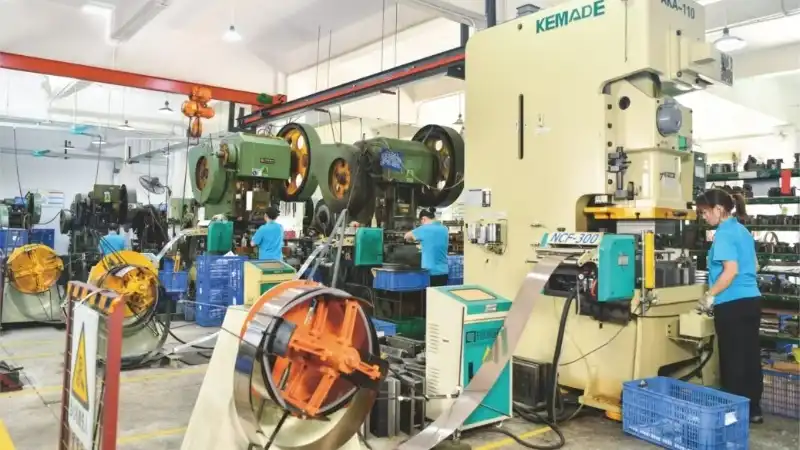
Forming Process: The Key Step in Achieving Custom Shapes
The forming process transforms prepared blanks into the distinctive shapes that define each metal purse frame design. Traditional stamping is still the most common way to make a lot of things. It uses matched die sets to make forms that are always the same. Progressive dies let you do more than one pressing operation with a single press stroke. This makes the process more efficient while keeping the dimensions accurate. Each die stage performs specific operations such as piercing, bending, or embossing, gradually transforming flat blanks into three-dimensional components.
Deep drawing techniques become essential when creating frames with significant depth or complex cross-sectional profiles. Multiple drawing stages gradually stretch the material while controlling wall thickness distribution. Intermediate annealing between drawing operations prevents work hardening and reduces the risk of material failure. Sophisticated manufacturers monitor drawing forces and material flow patterns to optimize process parameters and ensure consistent quality across production runs.
Bending operations require careful attention to springback compensation and bend radius selection. Different materials exhibit varying degrees of elastic recovery after forming, necessitating overbending to achieve final dimensions. Bend radius selection balances formability constraints with design requirements, as smaller radii increase forming forces and may cause material thinning or cracking. Advanced forming simulations help predict material behavior and optimize tooling design before physical production begins.
Quality control during forming involves continuous monitoring of dimensional accuracy, surface finish, and material integrity. Coordinate measuring machines verify critical dimensions against specifications, while visual inspection identifies surface defects or forming irregularities. Statistical process control techniques track process stability and identify trends that might indicate tooling wear or parameter drift. Immediate corrective action prevents defective parts from progressing to subsequent operations.
Secondary forming operations often include thread forming, hole piercing, or feature addition that enhances functionality. Thread forming creates strong, precise connections without removing material, maintaining structural integrity while providing secure attachment points. Piercing operations must consider material flow and edge quality to ensure proper fitment with mating components. Feature addition might involve coining operations that create decorative elements or functional surfaces with enhanced wear resistance.
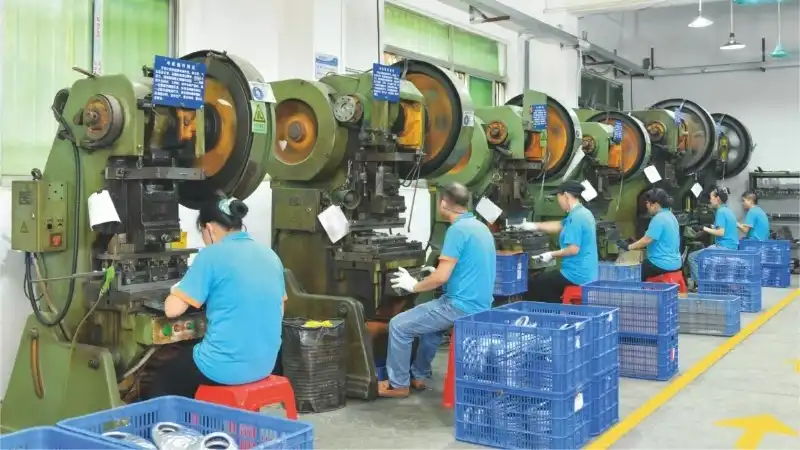
Surface Treatment: Customized Texture and Durability Enhancement
Surface treatment represents the final transformation stage where functional metal components become finished products ready for integration into high-quality handbags. Electroplating is the most flexible and widely used way to treat surfaces, and it can be used for both protection and decoration. Gold finishing gives something a high-end look and makes it very resistant to corrosion. This makes it perfect for high-end uses where looks and durability are very important. Chrome finishing makes things harder and lasts longer, which is great for frames that get used a lot and are put under a lot of mechanical stress.
The electroplating process requires extensive surface preparation to ensure optimal adhesion and finish quality. Cleaning removes oils, oxides, and other contaminants that could interfere with plate bonding. Mechanical preparation might include polishing, buffing, or surface texturing to achieve desired appearance characteristics. Pre-treatment chemicals condition the substrate surface and promote uniform plating distribution across complex geometries.
Specialized treatments like oxidation or antiquing create distinctive appearances that appeal to specific market segments. Controlled oxidation processes develop natural-looking patinas that enhance the perceived value and craftsmanship of finished products. Antiquing techniques simulate aged appearance through selective material removal or chemical treatments that highlight surface details and create visual depth.
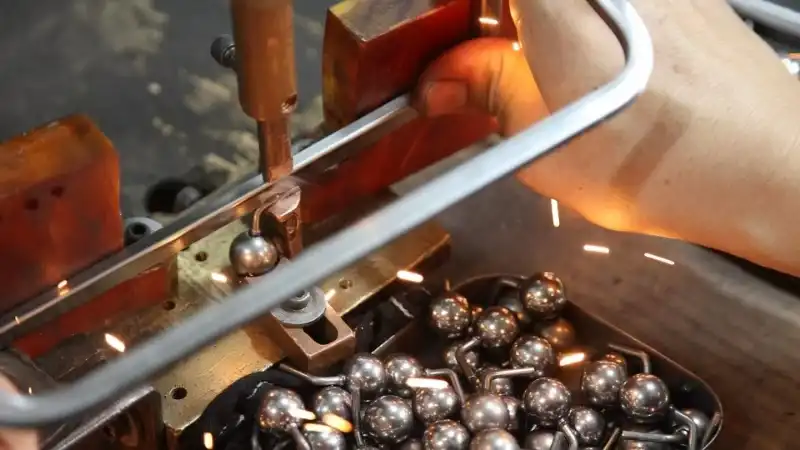
Quality assurance throughout surface treatment operations involves comprehensive testing and inspection protocols. Adhesion testing ensures proper coating bonding under anticipated service conditions. Salt spray testing evaluates corrosion resistance performance over extended exposure periods. Color measurement verifies consistency and compliance with specified appearance standards. Thickness measurements confirm uniform coating distribution and adequate protection levels.
Environmental factors affect the choice of surface treatment and process improvement more and more. Modern plating plants have waste treatment methods that get valuable metals back while having the least amount of damage to the environment. Water recycling devices cut down on waste while keeping the quality of the process the same. To meet government standards, coating operations must carefully watch and control the release of volatile organic compounds.
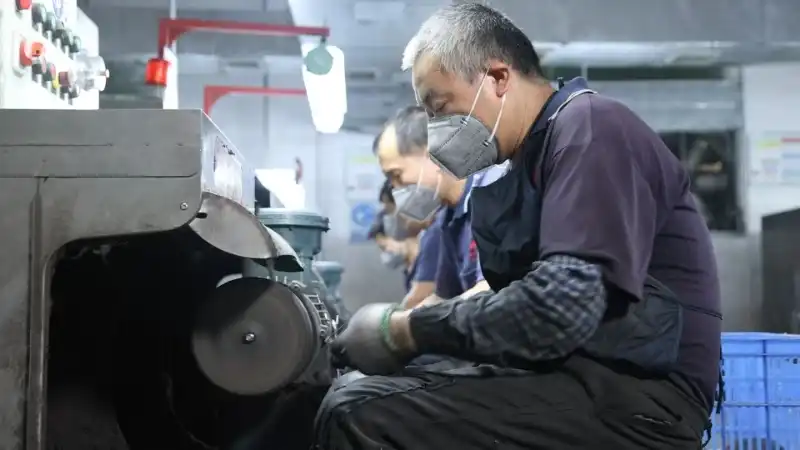
Custom texture development allows manufacturers to create unique surface characteristics that differentiate their products in competitive markets. Mechanical texturing through shot blasting or tumbling creates uniform matte finishes with excellent paint adhesion properties. Chemical etching produces precise patterns or logos while maintaining dimensional accuracy. Laser texturing offers unlimited design flexibility with microscopic precision and repeatability.
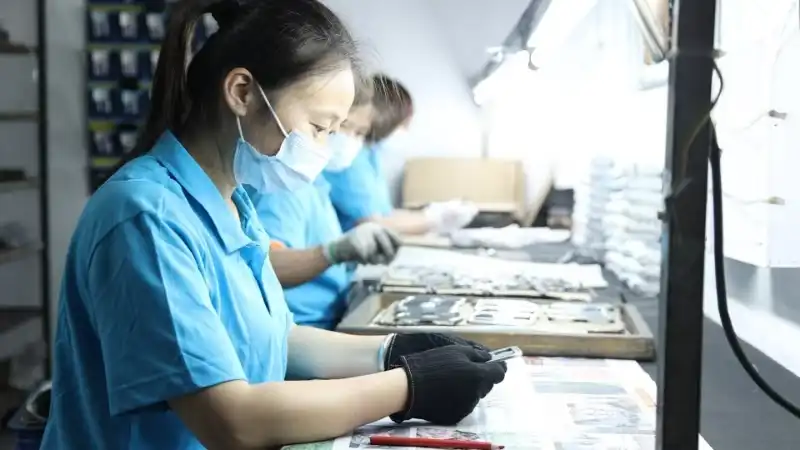
Metal Purse Frame Supplier: Carol
For a living, Carol Metal makes metal bag frames that are one-of-a-kind for each customer. They have customers from all over the world because they use both decades of knowledge and the newest tools for making things. Our all-encompassing method covers the whole fabrication process, from the initial design consultation to the final delivery. This makes sure that each job gets the care and attention it needs to turn out great.
Our wide range of items is one example of how flexible and good Carol Metal's work is. The Square Metal Purse Frame with Zinc Alloy Big Ball Lock represents our commitment to functional design, measuring 20cm x 8cm with an attractive orange finish. These frames are made from carefully chosen iron, brass, and zinc metals. There are strong ways to close different types of bags with them, and they still look stylish and in style.
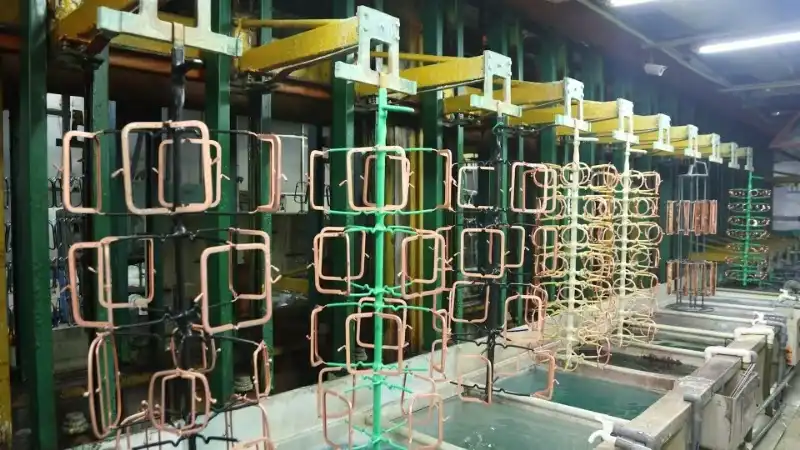
The Metal Purse Frame in the shape of a heart shows that we can make patterns that are one-of-a-kind, unique, and make things look better. At 18cm x 6cm with OEB finishing, these iron-constructed frames offer both structural integrity and romantic aesthetic appeal. Because we are flexible in how we make things, we can completely change the sizes, colors, and materials to meet the needs of each customer. So, they can be sure that our goods will work perfectly with their own design ideas.
Our 13cm Square Metal Purse Frame with Screw demonstrates precision engineering in compact applications. It looks very classy, like a high-end handbag, because it is made of both iron and acrylic and has a beautiful gold finish. The built-in screw system makes sure that the lid stays closed securely while still being easy for end users to use.
Carol Metal wants to make durable metal purse frames for designers, artists, and makers that are also cheap and easy to change. They are skilled, have the right tools, and have enough time to do any job well. Contact us at tony@carolxiao.com to discuss your specific requirements and discover how our fabrication expertise can enhance your next handbag hardware project. The heart-shaped Metal Purse Frame shows that we can make patterns that are one-of-a-kind and make things look better.
References
1. ASM International. (2023). "Metals Handbook: Forming and Forging." ASM International Publishing.
2. Society of Manufacturing Engineers. (2024). "Advanced Metal Forming Technologies." SME Technical Publications.
3. International Association of Plating and Surface Finishing. (2023). "Electroplating Process Standards and Best Practices." IAPSF Guidelines.
4. Materials Research Society. (2024). "Surface Treatment Technologies for Metal Components." MRS Bulletin Archives.
5. Fashion Accessories Manufacturers Association. (2023). "Quality Standards for Metal Handbag Hardware." FAMA Industry Standards.
_1753256285958.png)

_1754990596544.webp)
